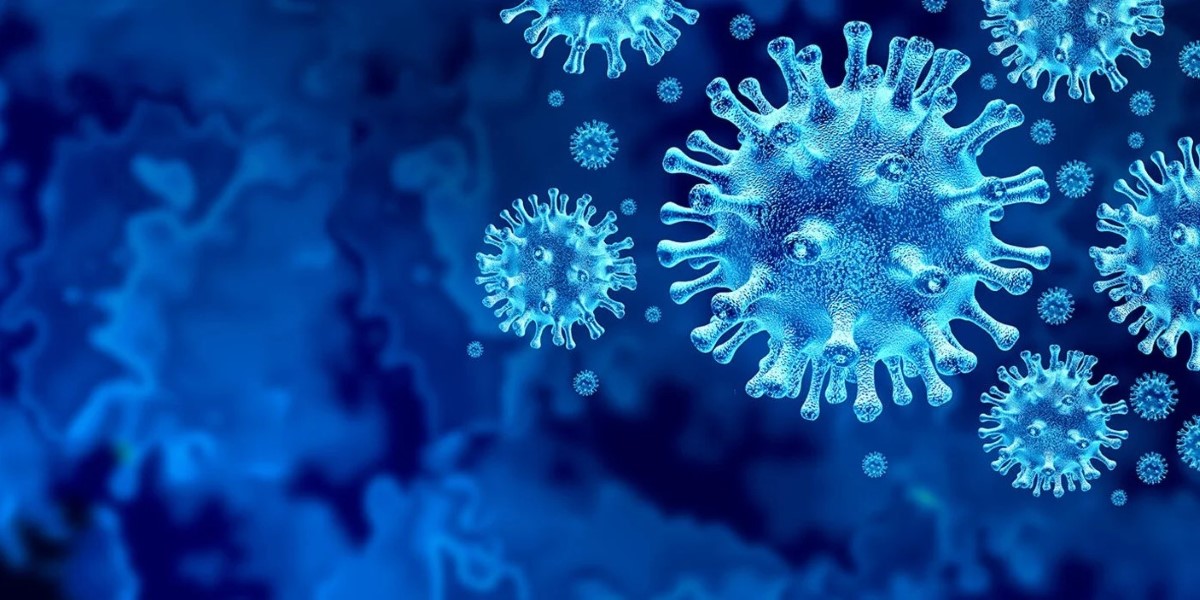International scientists have been alerting the public about the XBB.1.5 subvariant; Indian scientists believe that it should be tracked.

India needs to watch out for the next Covid-19 variant XBB.1.5. Representational Image. (Creative Commons)
International scientists have been alerting the public over the presence of the XBB.1.5 subvariant — which has established dominance, especially in New York.
Genome scientists in India agree that this could be a variant that has to be tracked carefully.
Cardiologist Eric Topol, senior scientist, founder and director of Scripps Research Translational Institute in San Diego, wrote in his blog on 24 December that the XBB mutant XBB.1.5 “has the most growth advantage vs BA.5”, which was responsible for most Covid-19 cases for months.
He also took to Twitter saying, “A functional CDC would alert the public about the XBB.1.5 variant— which has already established dominance throughout the Northeast— and, with its big growth advantage over BQ.1.1, soon country-wide. [sic]”
When South First spoke to a few experts in India, they agreed that in the US, it has taken over the previously dominating BQ.1 and BQ.1.1 sublineages, as it has greater immune evasiveness than others.
“In the US, a descendant of XBB has taken over from the previously dominating BQ.1 and BQ.1.1 sublineages. Currently, XBB.1.5 is growing in New York, ahead of others. It is likely because it has greater immune evasiveness than others, especially as it adds more mutations,” Dr Rajeev Jayadevan, co-chairman of the National IMA Covid taskforce, who is tracking the Covid-19 development globally, told South First.
“Interestingly, XBB is a recombinant variant, born by the mixing of RNA from two separate versions of Omicron infecting the same person at a given time,” he explained.
Jayadevan also explained that XBB was now the dominant subvariant in India and China.
But it being part of the Omicron clan, there are no reports of severe cases from India. The immune landscape varies by geographical region.
“Several scientists from the US have issued alerts on this variant, saying it could be of concern. Though we have not seen any traces of this in India, it is important to track the variant,” a scientist from a lab attached to INSACOG told South First on condition of anonymity.
A functional @CDCgov would alert the public about the XBB.1.5 variant—which has already established dominance throughout the Northeast—and, with its big growth advantage over BQ.1.1, soon country-wide. https://t.co/tL2Y2HF2ew
— Eric Topol (@EricTopol) December 27, 2022
Assistant Dean of Research and Associate Professor at Arkansas State University Raj Rajnarayanan took to Twitter and said, “Omicron family swells to 653+ sub-lineages! Currently, we are watching “Omicron” great-great-great grandkids…especially the recombinant family members.”
He added: “Expected to outcompete other circulating Omicrons including Omicron-BQ, XBB.1.5 poised to take over North America soon!”
#Omicron family swells to 653+ #sublineages!
Currently, we are watching "Omicron" Great-Great-Great grand kids.. especially the recombinant family members
Expected to outcompete other circulating Omicrons including Omicron-BQ*
XBB.1.5* poised to take over North America soon! pic.twitter.com/dlqOSNEArm
— Raj Rajnarayanan (@RajlabN) December 27, 2022
It may be noted that Topol, in a blog, explained this recombinant variant and why it should be watched.
“Everyone who has been following the Omicron family of SARS-CoV-2 descendants in recent months, there’s a swarm of new subvariants. One of these is XBB, which is a recombinant (fusion) of two different BA.2 variants, BJ.1 (BA.2.10.1.1) and BA.2.75 (BA.2.75.3.1.1.1),” he said.
XBB has evolved further to XBB.1.5, with new mutations, coinciding with the beginning of a steep rise of hospitalisations there, he added.
I've updated this post on the XBB.1.5 variant with new data provided by @yunlong_cao, @JPWeiland and @rquiroga777. For those questioning what could be done if CDC/media raised awareness (for which there has been none), that is addressed, too.https://t.co/mnaA3kemLp
— Eric Topol (@EricTopol) December 28, 2022
“While we don’t have the sequence data to say it is the XBB.1.5 variant specifically, all indications would suggest that is indeed leading the pack within the XBBs. If XBB.1.5 has such a rapid growth advantage over BQ.1.1, that isn’t a good sign,” he added.
Virologist Dr V Ravi, the nodal officer at the INSACOG lab at NIMHANS, and Head of Research and Development at Tata Medical and Diagnostic Centre, agreed that it is a variant India is monitoring.
“India is one of the few countries that are doing very well. Its hybrid immunity due to immunisation and natural infection has been good,” he said.
However, a substantial number of people are not immunised or have not been infected naturally.
In India, he said, none of the Omicron sub-lineages is more virulent, it may be more infectious.
According to Ravi, we need to talk about hospitalisation and also need to see whether they are vaccinated, unvaccinated, had comorbidity or not, among other things.
Ravi insisted that more clinical data was needed before an alarm was raised.
However, he stressed: “We are keeping an eye on this variant but from our data, so far, all of the BF.7, XBB whatever we have sequenced is no different in terms of the clinical phenotype. This means there has been no increase in hospitalisations or severity.”

Jul 26, 2024

Jul 26, 2024

Jul 26, 2024

Jul 26, 2024

Jul 26, 2024

Jul 26, 2024